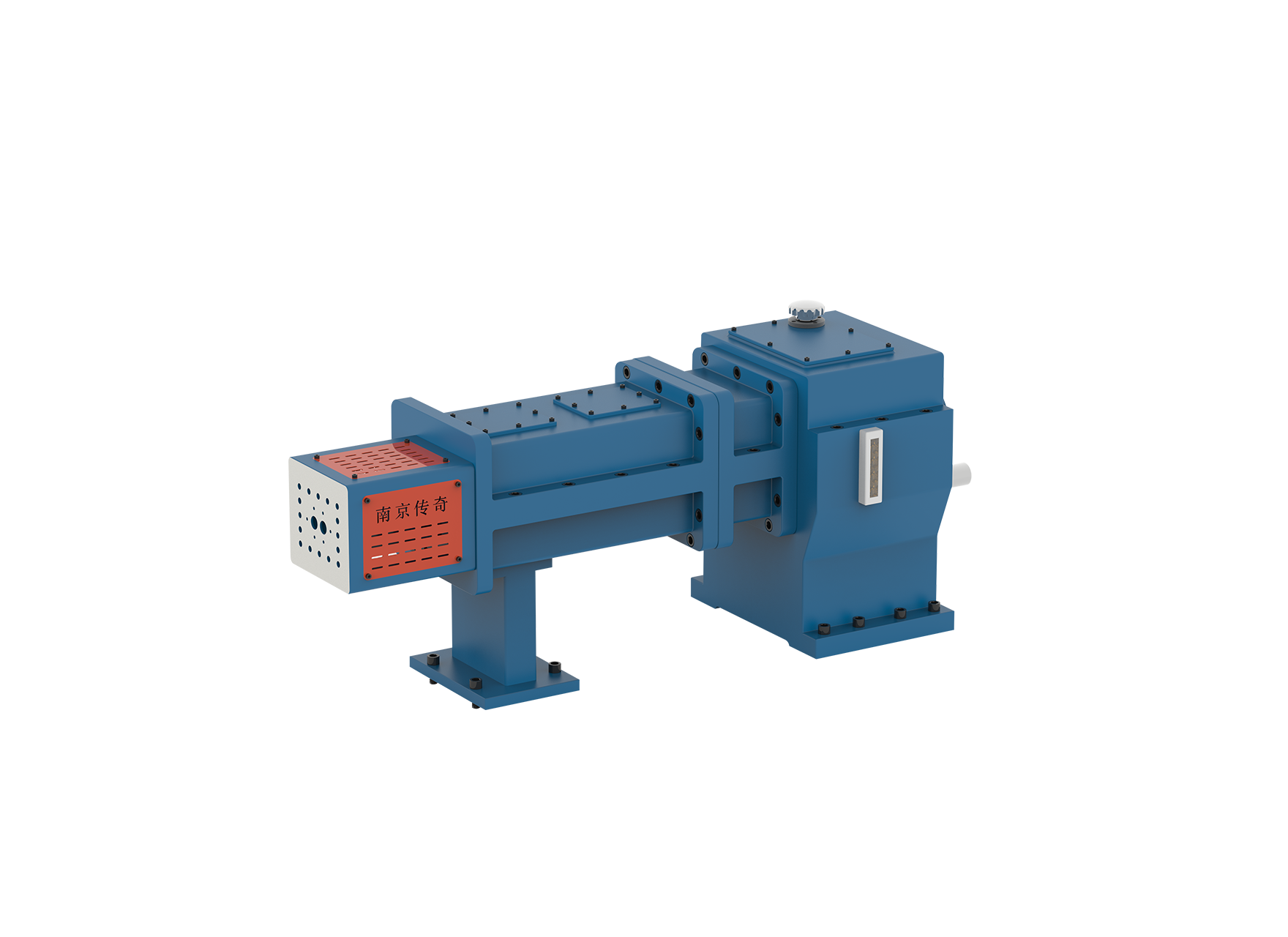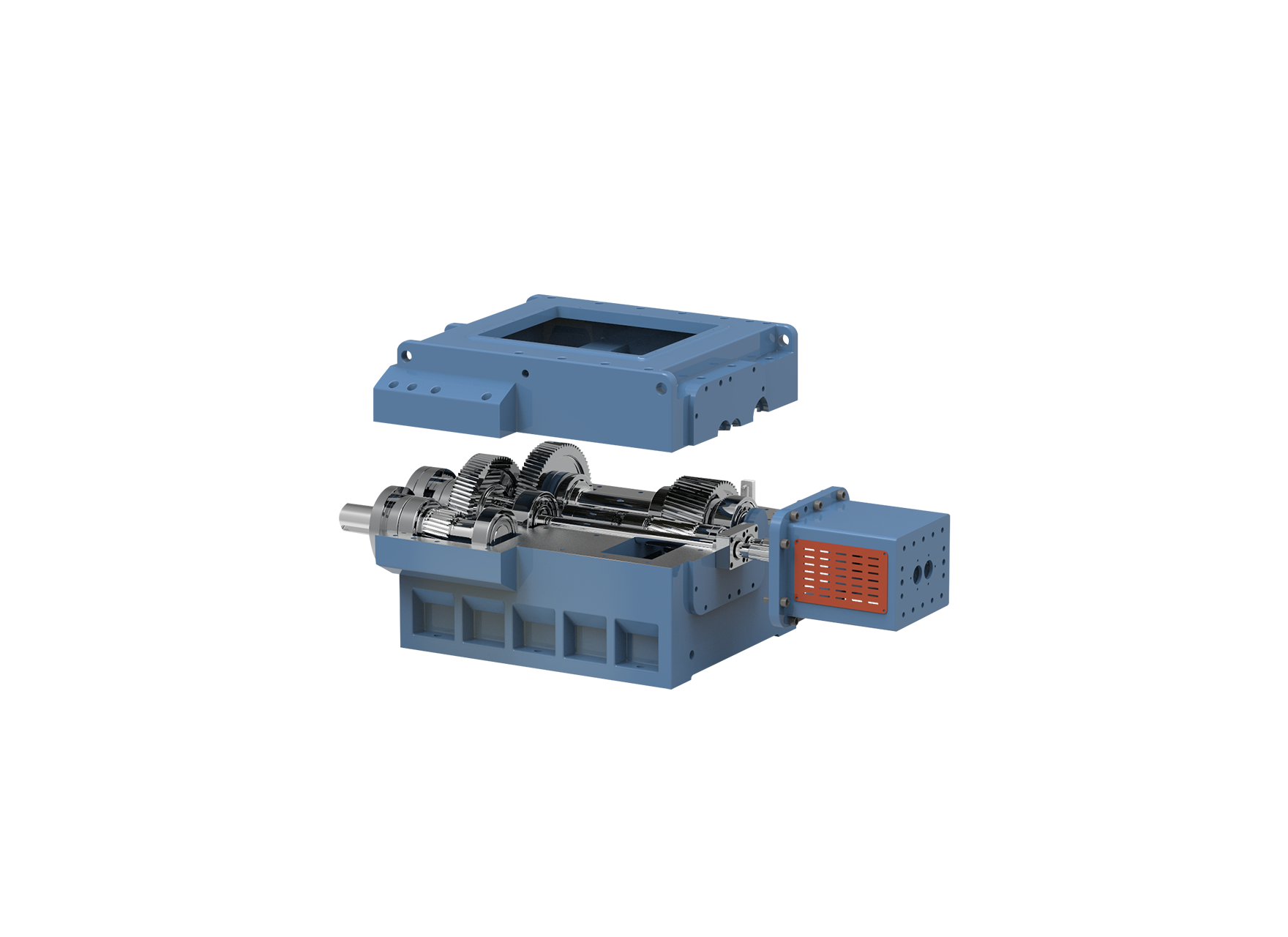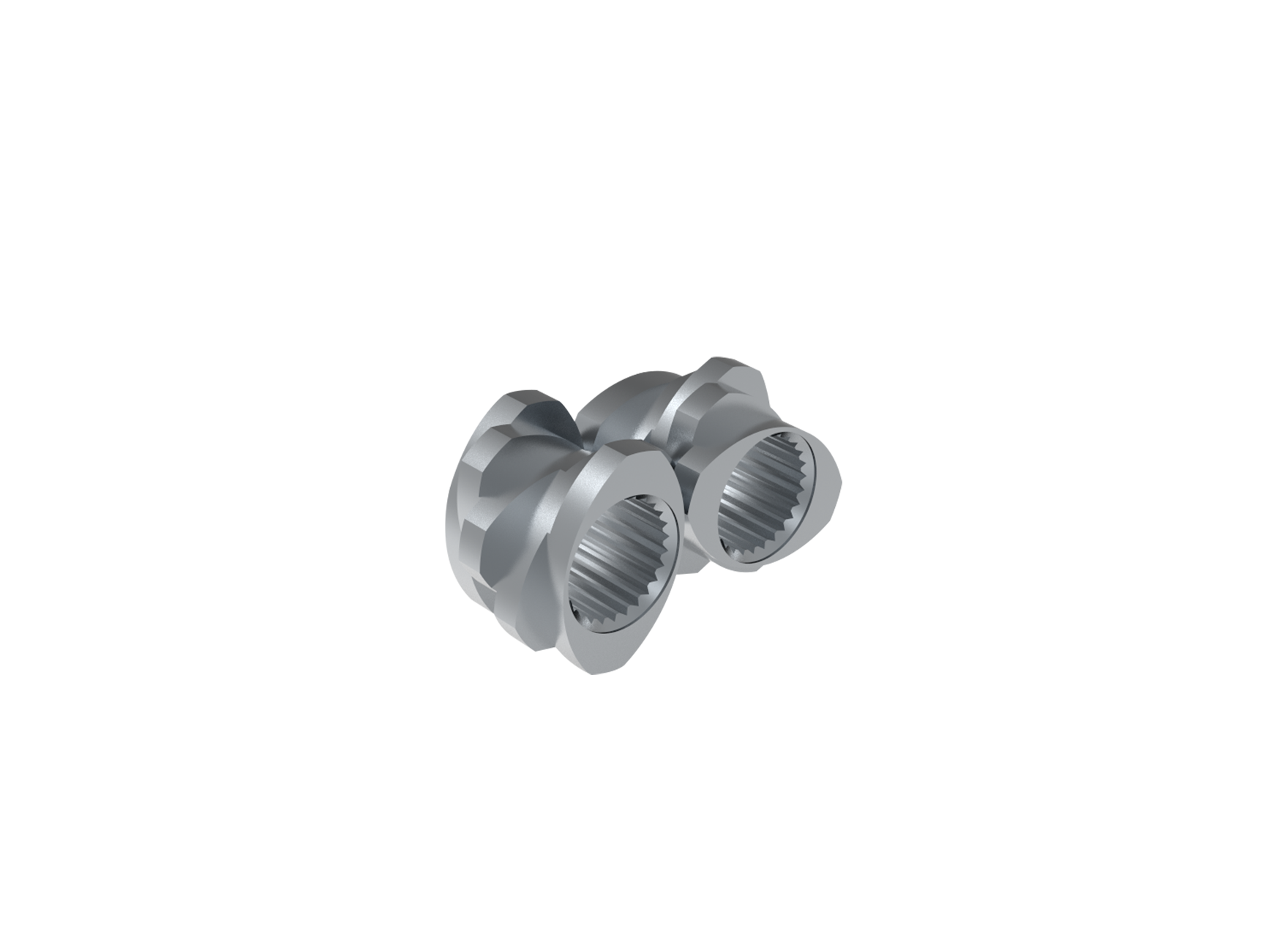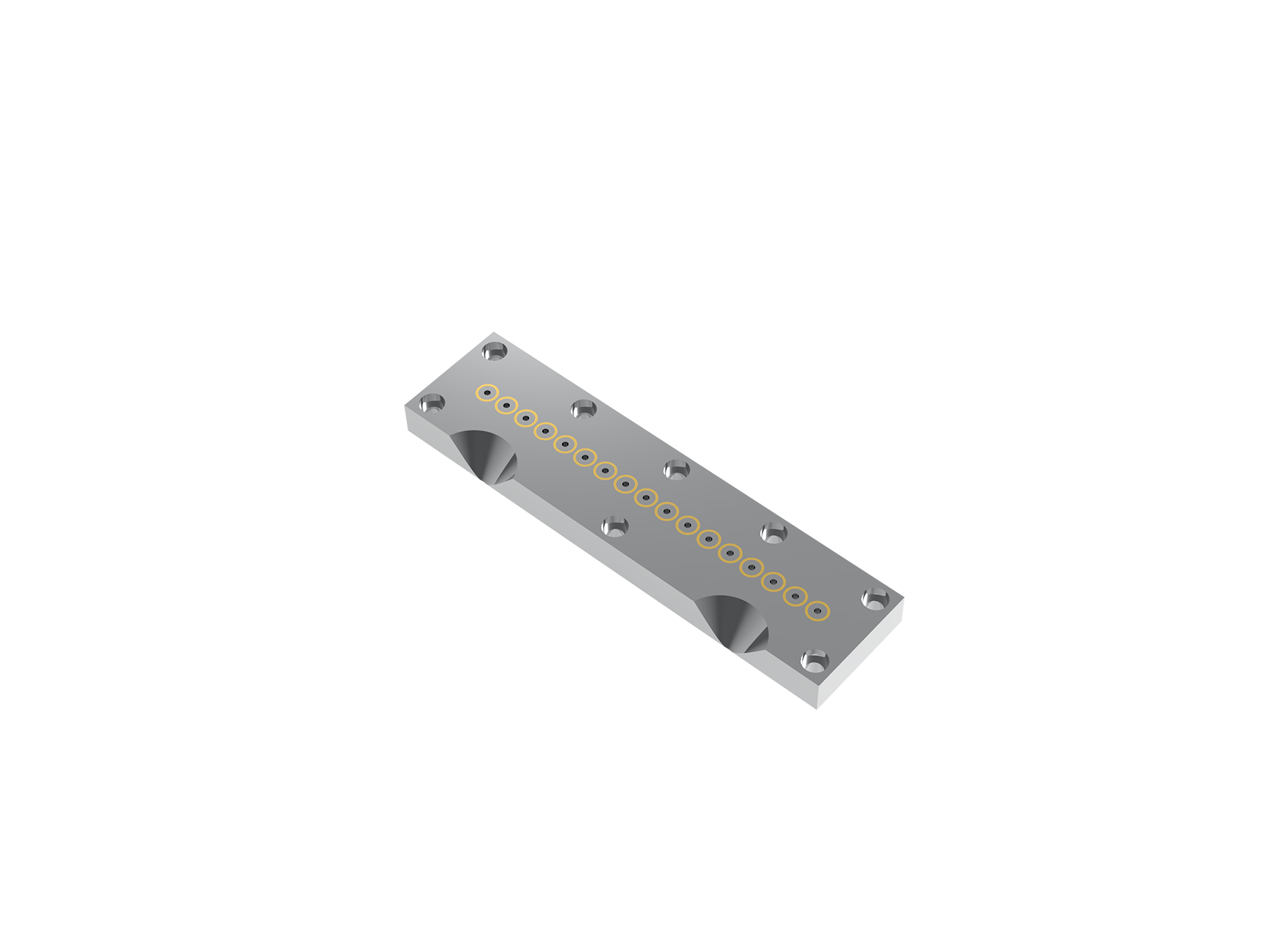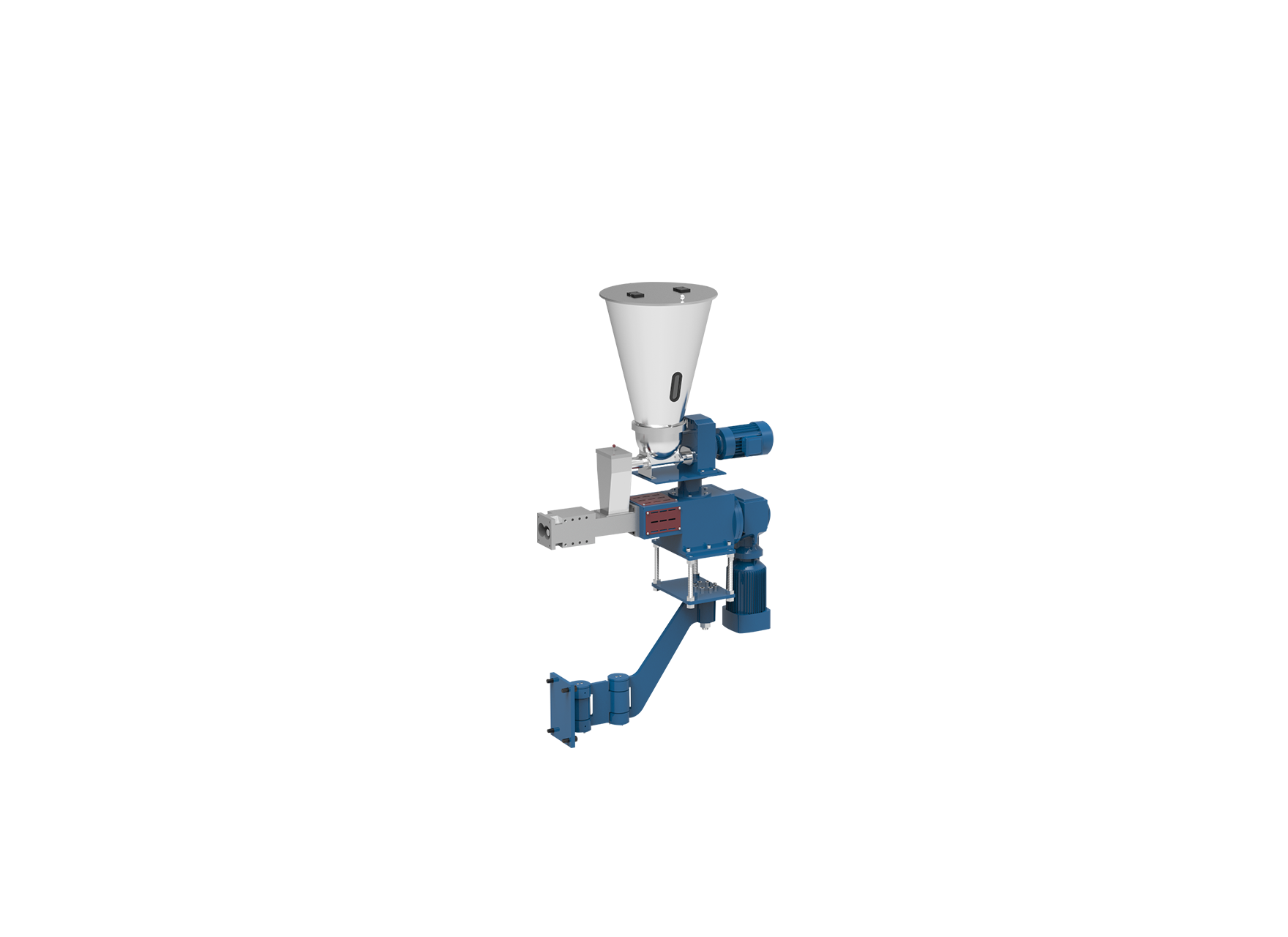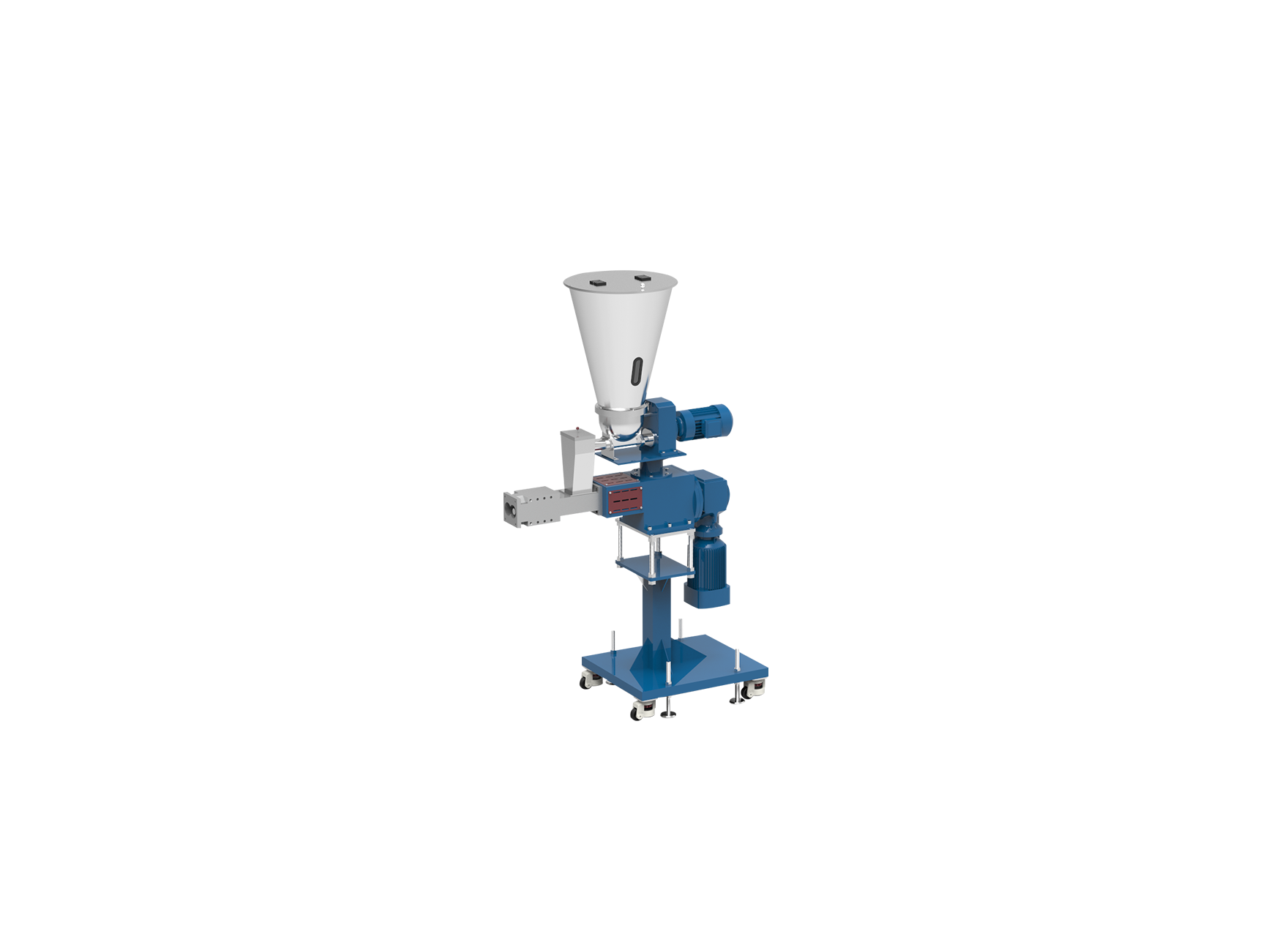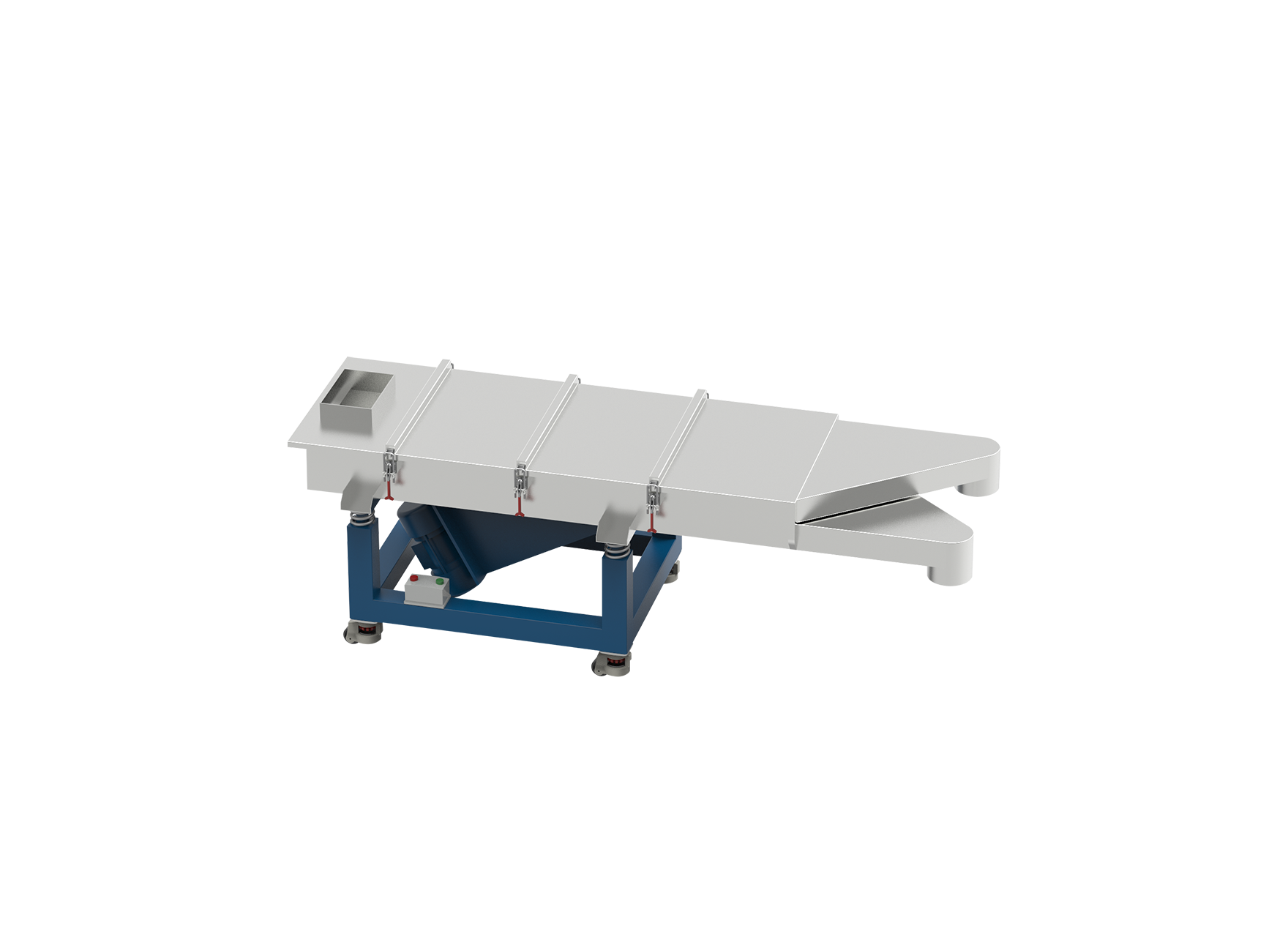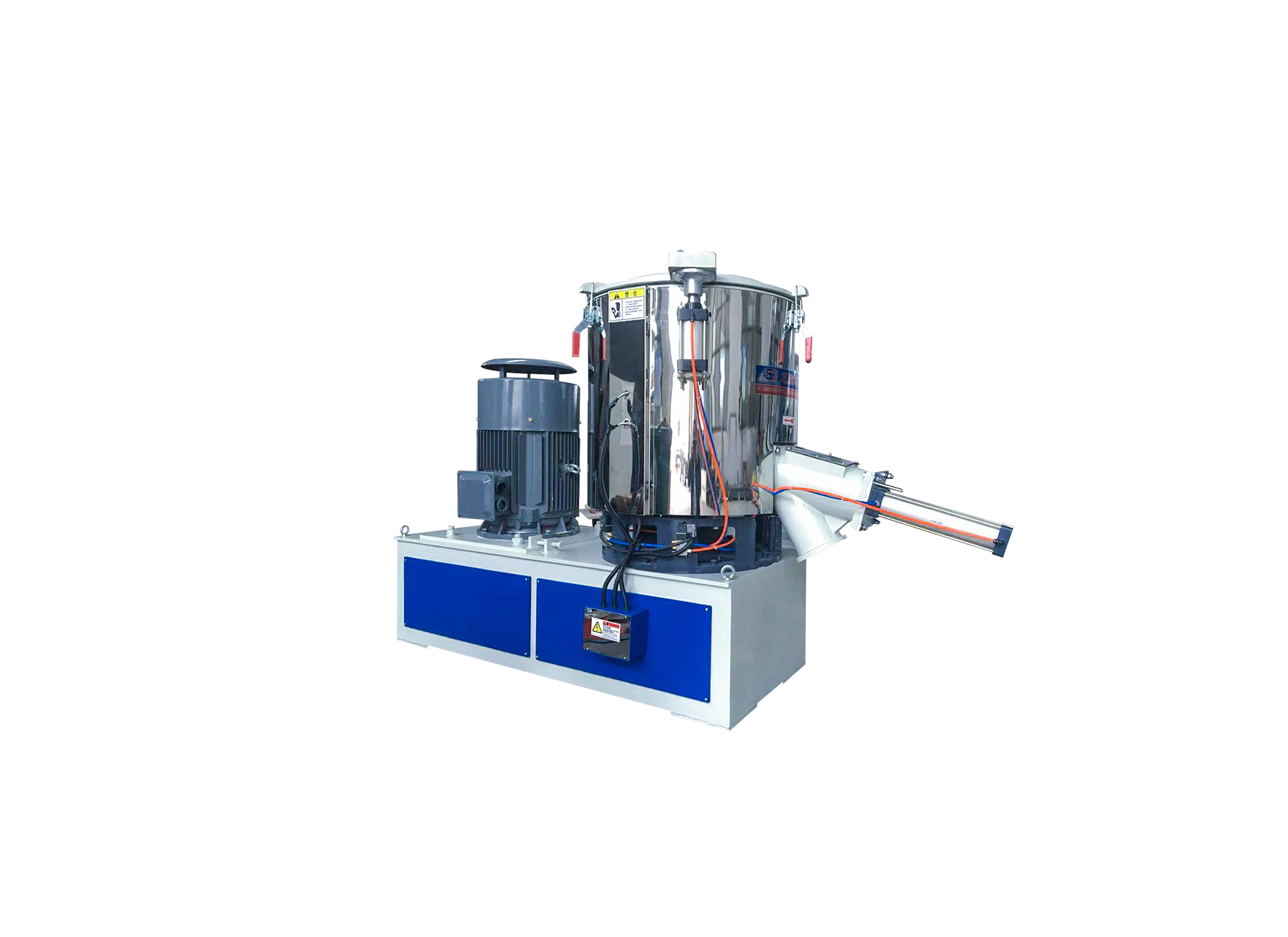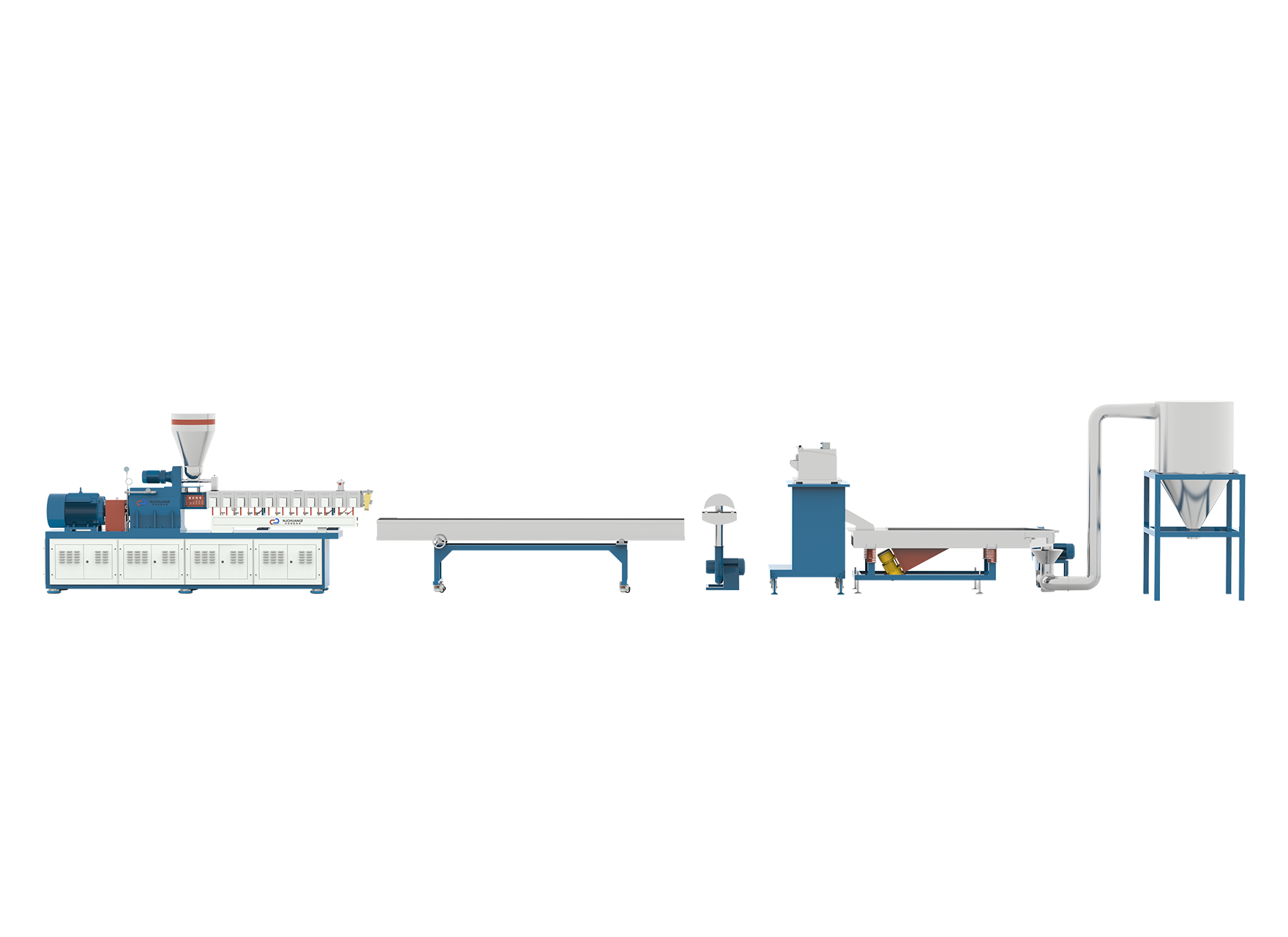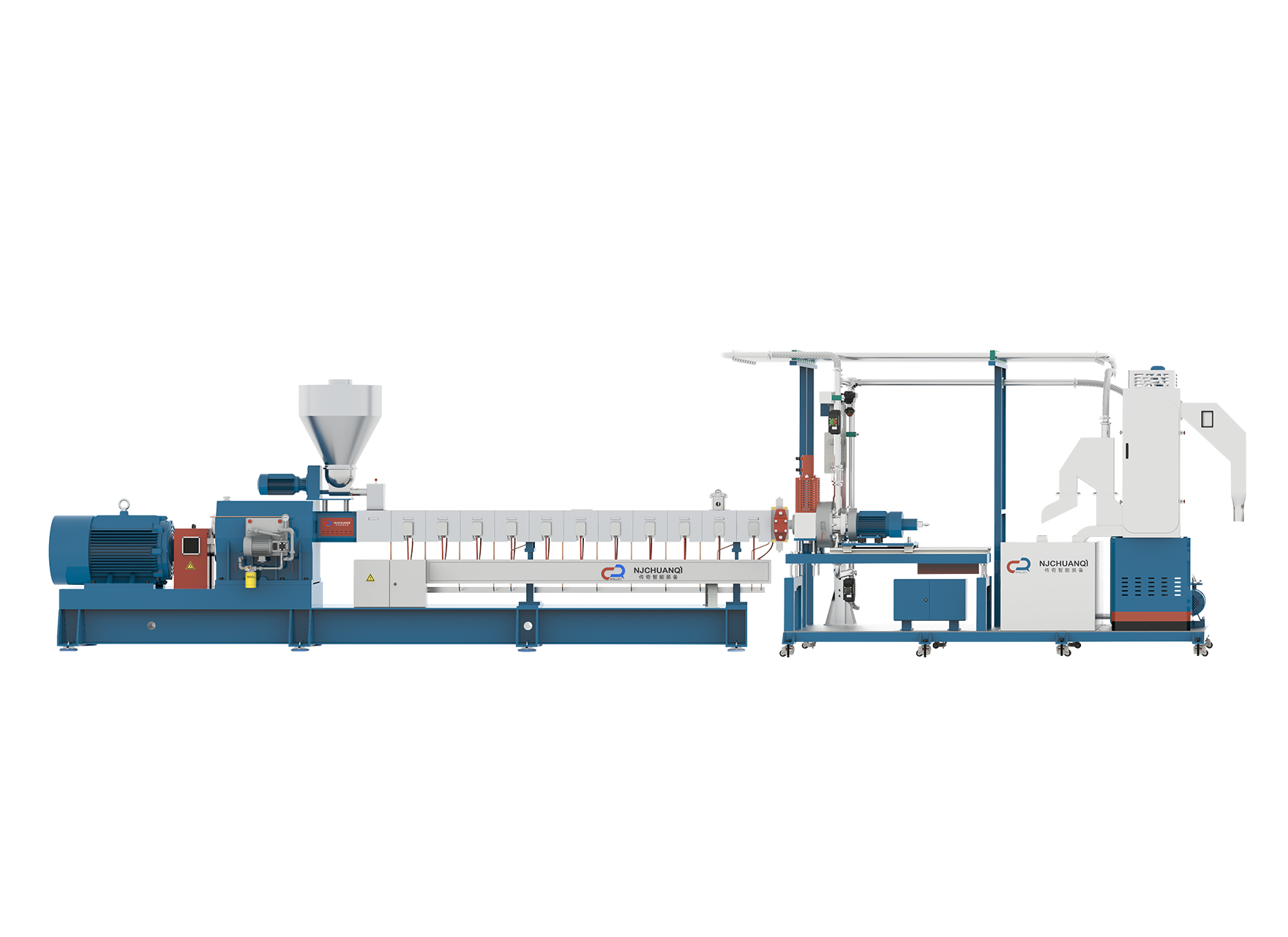Rubber extrusion machines play a pivotal role in the rubber processing industry, enabling the efficient and precise shaping of rubber materials into various profiles, sheets, and tubes. Among the diverse rubber processing equipment, the Rubber Extrusion Press stands out as a key component, offering unique capabilities and versatility in the manufacturing of rubber products.
Rubber extrusion machines are specialized equipment designed to transform raw rubber materials into specific shapes through a continuous process. The extrusion process involves forcing rubber compounds through a shaped die to produce profiles with consistent cross-sectional dimensions. This technology finds extensive use in the automotive, construction, and manufacturing industries for creating seals, gaskets, tubing, and various custom rubber profiles.
The Rubber Extrusion Press operates on the principle of converting raw rubber compounds into the desired shape through a combination of pressure, heat, and precision tooling. The process begins with feeding the rubber material into the extruder, where it undergoes heating and plasticization. The softened rubber is then forced through a specially designed die that imparts the desired shape to the extruded rubber profile. The formed rubber product is then cooled and cut to the required lengths.
Extruder: The heart of the rubber extrusion machine, the extruder, is responsible for melting and shaping the rubber material. It typically consists of a rotating screw within a barrel, applying pressure and heat to the rubber compound.
Die: The die is a critical component that defines the shape and dimensions of the extruded rubber product. It must be precisely engineered to ensure consistent and accurate profiles.
Cooling System: After extrusion, the rubber profile passes through a cooling system to solidify and stabilize its shape. Proper cooling is essential for maintaining the dimensional integrity of the final product.
Cutting Mechanism: Once cooled, the continuous rubber profile is cut into the desired lengths using a cutting mechanism, providing finished products ready for further processing or application.
Rubber Extrusion Press machines find applications across a wide range of industries, offering unparalleled flexibility in manufacturing. Common applications include:
Seals and Gaskets: Rubber extrusion is widely employed in the production of seals and gaskets for automotive, aerospace, and industrial applications.
Tubing and Hoses: The ability to create uniform profiles makes rubber extrusion ideal for manufacturing tubing and hoses used in fluid transfer systems.
Profiles for Windows and Doors: In the construction industry, rubber extrusion machines produce profiles for weatherstripping and sealing applications in windows and doors.
Automotive Components: Various rubber components, such as window seals, door trims, and rubber grommets, are efficiently produced using rubber extrusion technology.
High Precision: Rubber extrusion allows for the production of precisely shaped profiles with consistent dimensions, ensuring quality and reliability in end products.
Efficiency and Continuous Production: The continuous nature of the extrusion process enables high production rates, contributing to efficiency in manufacturing.
Material Versatility: Rubber extrusion machines can process a variety of rubber compounds, including natural rubber, EPDM, silicone, and synthetic rubbers, providing versatility in material choices.
Cost-Effectiveness: The efficiency and speed of rubber extrusion contribute to cost-effective production, making it a preferred method for various industries.
The rubber processing industry continues to evolve with advancements in technology. Future trends in rubber extrusion machines may include enhanced automation, real-time monitoring systems, and the integration of smart technologies for improved efficiency and quality control. Additionally, research is ongoing to explore sustainable rubber compounds and environmentally friendly processing methods to align with global initiatives for eco-friendly manufacturing.

 English
English 中文简体
中文简体 русский
русский عربى
عربى +86-189 1339 2785
+86-189 1339 2785
